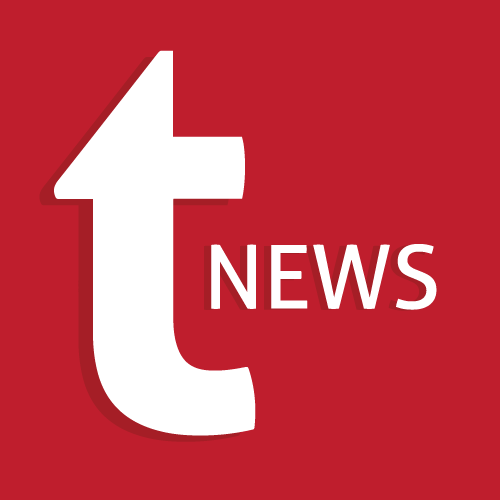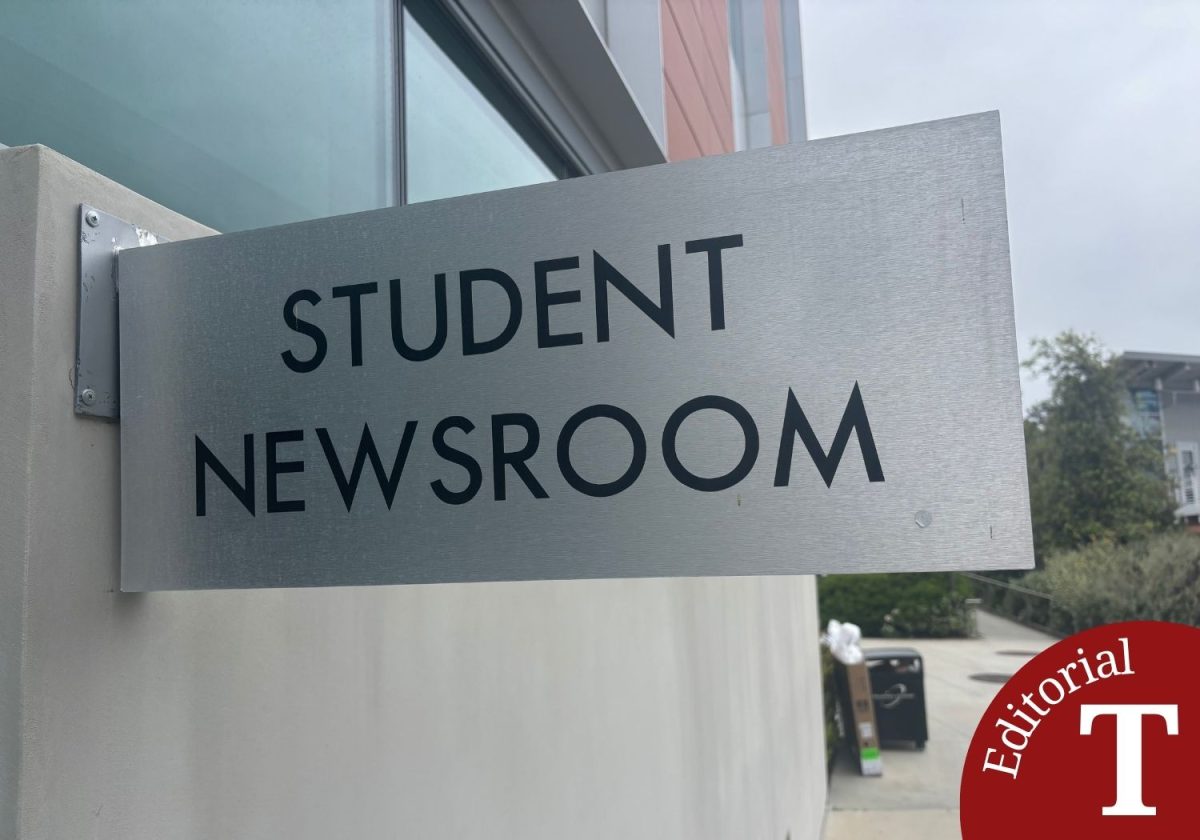It has been the burden of college students for decades: the price of textbooks. But are these prices really being controlled by supply and demand, or are there other forces at work that make these books so expensive? Are expensive textbooks really the best way to teach at Palomar?
One type of textbook has a particularly painful price: foreign language books. For a basic Spanish class the pre-packaged set of textbooks costs $239.25 at the Palomar College Bookstore this semester – but the codes they include for online content can only be used once.
This means that if a student who has previously taken this class is willing to sell their used copy of the textbook for less than the price of a new edition, it generally does not include access to the online content that some classes at Palomar require and thus forces all the students to buy the new, more expensive textbook.
This does not seem like a fair deal for students. Spending over $200 for a set of photocopied papers, an online access code, and a dictionary seems a bit pricey, especially considering we live in a world with Google Translate and have access to a language laboratory at Palomar for additional learning materials.
Quite honestly, it feels as if this scenario is taking advantage of the students, and professors could easily remedy it if they truly wanted to.
For example, they could stop asking the Bookstore to pre-wrap the textbooks in cellophane. In all other classes students are free to pick and choose which books they want to purchase (or not purchase) for the class, but the Bookstore is intentionally removing this choice by physically binding them together. Also, these books are packaged to include the entire class series. If a student has already taken one of the classes (perhaps at another college), they are still forced to buy the books for the whole series.
Surprisingly, the Bookstore is not to blame for these high costs. In keeping with the Spanish textbook example, the single book (of photocopied papers with access codes) is online on Amazon for $182.99, which is not much better than the Palomar bookstore price.
So it comes down to the professors. Why require such an expensive set of textbooks for a general requirement class? Beginning language classes are taught in every high school, and it is hard to image a high school spending over $200 for a textbook per student taking Spanish.
In fact, it seems Spanish textbooks are the most expensive of any language class at Palomar – the new versions of the textbooks required for classes in Arabic cost $74.61, for Chinese cost $123.19, French is $218, German is $203.95 (though some German sections do not even require a textbook), Italian is $203.25, and Japanese costs $90.99. The textbooks with codes to online content are much more expensive than without.
It seems hard to image that the prices of these textbooks accurately reflect the information they contain – does Spanish really cost three times as much as Arabic to learn? We live in Southern California, where there is an abundance of Spanish-speaking populations. Surely the Spanish professors could find less expensive learning material for their classes.
So what can students do?
Perhaps students could ask professors to offer students the ability to buy the access codes separately from the textbooks, or not require online access for classes completely. This way, it would be possible to buy used copies of the textbooks, and it would certainly save the students some money. Also, perhaps the professors could look into alternative textbooks to teach though. If they were to shop around, perhaps they could get a better deal.
While language professors are certainly not the only instructors who require expensive textbooks for their classes, they do have far more flexibility than science or math professors when it comes to teachable classroom material. While a math teacher needs to cover certain topics and provide problem sets, there are many ways a language professor can teach someone how to communicate. By using handouts, Blackboard, YouTube, Google Translate, and other free online teaching tools, they could easily supplement lecture information without breaking the bank, and their students would certainly appreciate it.
Article by Telescope staff writer Faye Nourollahi













